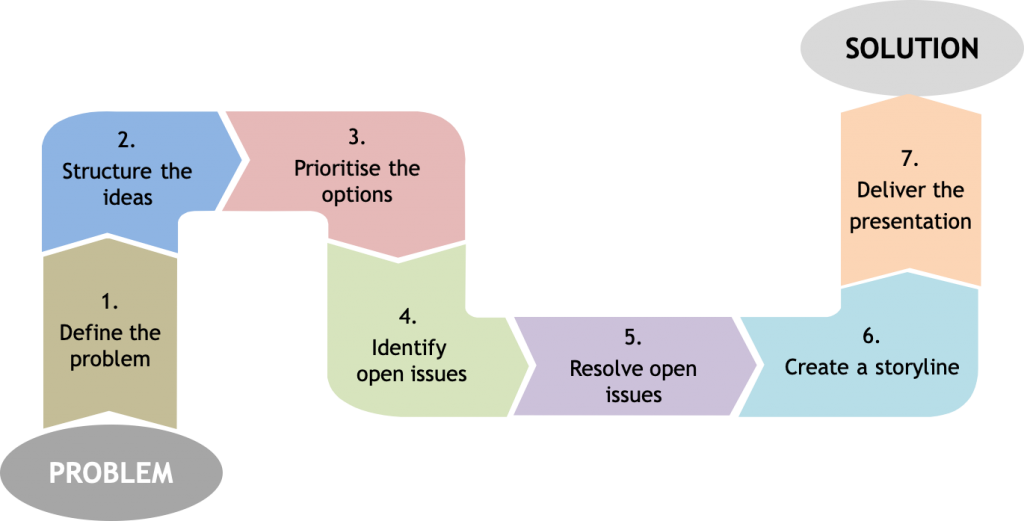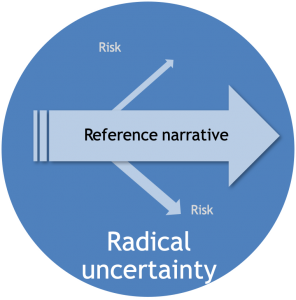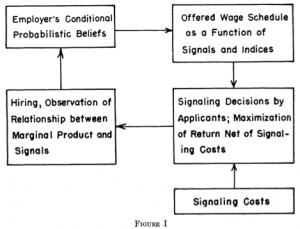Topics in Economics (MIM)

The course introduces students to several important and contemporary issues that relate to economics. Having already covered the key insights from Micro and Macroeconomics, we will go deeper into the frontiers of the discipline. Students will challenge their understanding of complex and controversial issues and develop their perspective on how to become managers of the future.
Assessment
- 40% Group report (instructions here)
- 60% Final exam (MCQ) (a practice exam will be made available)
️ Content
| Topic | Before | During | After |
| 1. Prosperity | Activity: Global conditions quiz
Watch: The Magic Washing Machine
|
Lecture handouts | More resources |
| 2. Growth | Watch “Growth is like an iPhone”
|
Lecture handouts | More resources |
| 3. & 4. Sustainability |
|
Lecture handouts | More resources |
| 5. & 6. Inequality | Activity: Thinking about wealth
Watch: “$456,000 Squid Game In Real Life!” Mr Beast Watch the full movie Parasite (2019), Bong Joon Ho
|
Lecture handouts | More resources |
| 7. Stagnation | Activity: Transformative Innovations
Watch “Steve Jobs – iPhone Introduction in 2007” (the first 17 minutes is sufficient)
|
Lecture handouts | More resources |
| 8. Progress | Watch the full movie The Greatest Showman (2017), Michael Gracey
|
Lecture handouts | More resources |
| * These suggested readings are new and therefore will not be on the exam for 2024 |
I thought it went without saying that economic growth is good, that America is a phenomenally rich country, and that capitalism is the reason why. But now I’m not so sure. So in this course, I say it.
Other lectures that could be added:
- Macro Trends – an overview of global growth prospects and a survey of the key challenges facing policymakers
- Macro Risk – a look at the key risk factors affecting the global economy, and a survey of which countries are best positioned to deal with macro shocks
- Macro Models – how macroeconomic models should integrate climate concerns
- The evolution of money: gold, fiat and crypto
- Central banks and digital transformation
- The Solow model, and how it relates to growth theory
- Sustainability Playbook – how we are solving our environmental problems
- Nuclear power – we could have had it all
- Are humans special?










